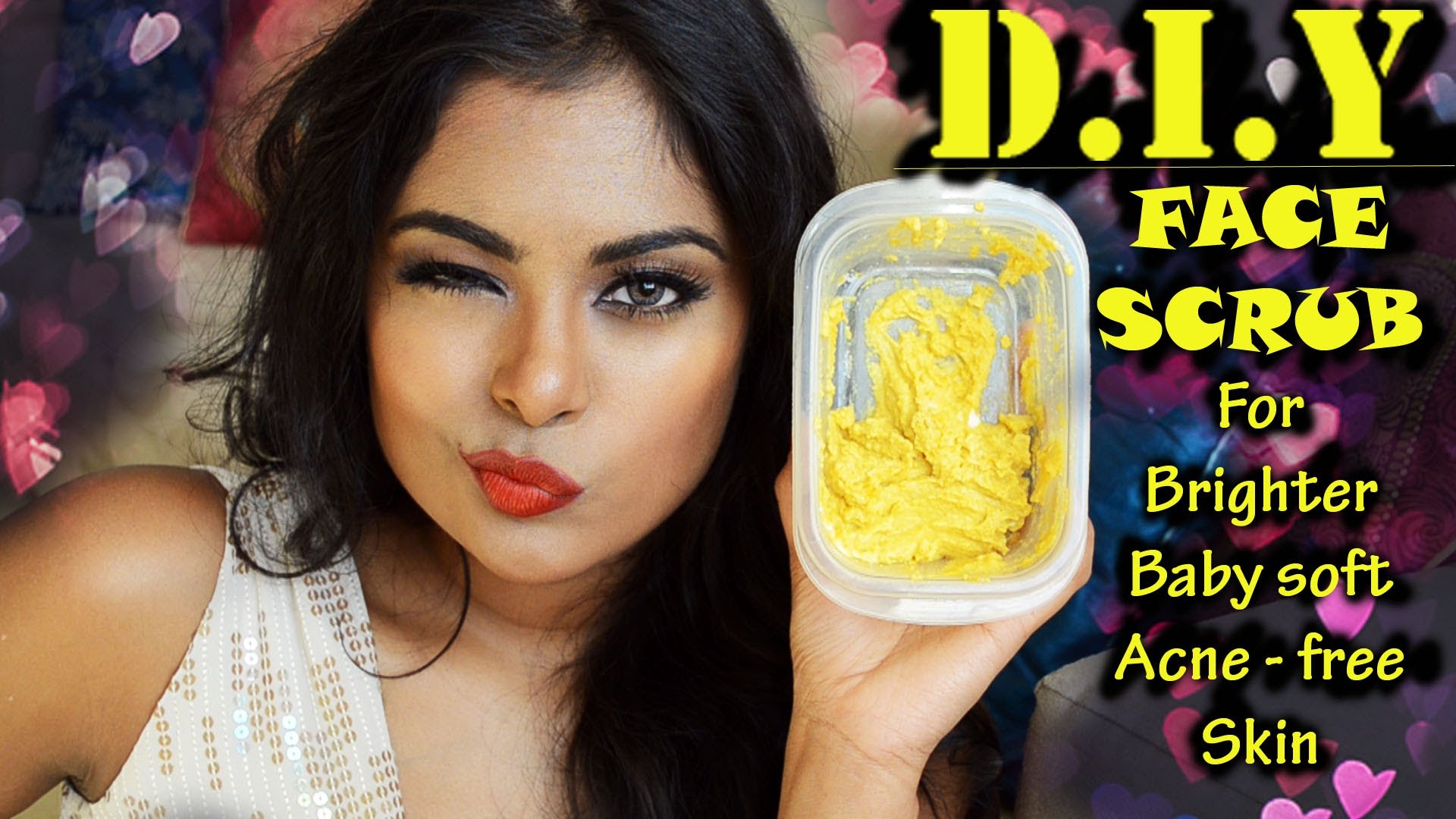The Four Stages of Acne and Treatments – Why Does Adult Acne Still Occur?
When our teen years had passed, many people thought that we could also leave the pimple outbreaks which were very common during teen years. But, the bad news is: Adults are not immune to acne! We all know that acne can affect our self esteem and social life, especially in this age where image and appearance are so important. No one like to have acne.
Acne or pimple outbreaks are more widespread in teenagers; this is unsurprising because of teens’ hormonal surge and lifestyle during puberty. However, acne can persist even into adulthood. I am sure you have seen some adults who are in their 30s and 40s still plagued by acne.
Besides our lifestyle, the major causes of acne are overproduction of body’s oil called sebum; clogged pores and inflammation caused by bacteria and dead skin cells. When there is increased oil production below our skin surface; the oil will be trapped and accumulated in skin pores allowing bacteria to thrive there. The trapped oil becomes food for the bacteria, causing inflammation and eruptions of acne.
Acne can occur on the face, neck, shoulders, chest and back, where the most active oil glands are located. Males tend to get more severe cases during their teen years while females are more prone to adult acne due to hormonal cycles. For teenagers, it tends to occur on the T-zone; while for adults, it tends to occur near and around the mouth and jawline.
Acne condition can be classified into four stages, from mild to severe. For example, those blackheads and whiteheads are classified as stage 1; they are also known as comedonal or non-inflammatory acne. If blackheads and whiteheads are accompanied with papule (small red dots), it’s classified as stage 2; also known as mild or inflammatory acne.
Stage 3 acne is characterised by bigger pustules or pimples which can be painful. Stage 4 (severe acne) occurs when your skin is covered by many small and painful pustules.
Different stages have different treatments. Typical treatment for non-inflammatory acne (stage 1) is cream or facial washes with ingredients line benzoyl peroxide. Inflammatory acne (stage 2) can be treated with topical antibiotics such as clindamycin.
Stage 3 acne can also be treated by topical therapies but oral medication is common as well. People with severe cases (stage 4) are usually given Roacutane, which is an oral vitamin A derivative that is used to slow down the production of sebum. It’s normally taken for six months to a year. Roacutane, however, can cause side effects; pregnant women should avoid this drug.
The Four Stages of Acne and Treatments – Why Does Adult Acne Still Occur? by Mei Susanti



